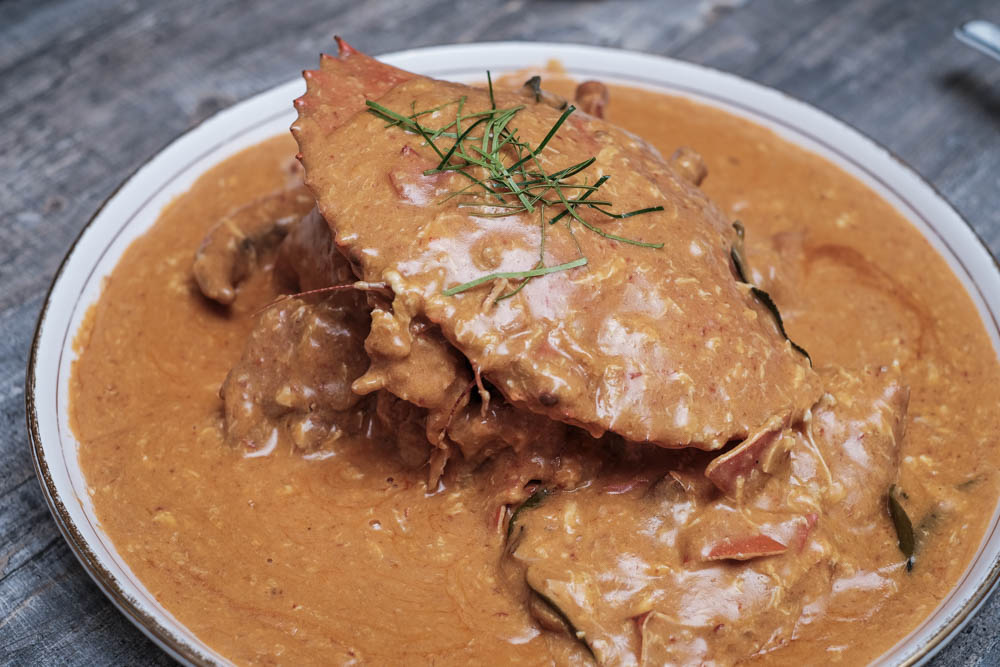When I posted in my social media platform on my recent repeat Hiko nose threadlift procedure, I have received a few dms asking me questions on my experiences, the cost of the procedure as well as the results Hiko nose threadlift. As this is not the first time that I am doing it, I would like to share more on why I did it and what are the differences between the former Hiko nose threadlift and the current one with Dr Rachel Ho.
Before/ after pictures of my Hiko nose threadlift:

Me before any procedure

A few months after my first Hiko nose threadlift
Why did I repeat my Hiko nose threadlift with Dr Rachel Ho?
Previously, I had a good experience with my first Hiko nose threadlift with Dr Rachel Ho. In fact, I have received many compliments on how good I look with my “new nose” after the Hikko nose threadlift. While the result of the Hiko nose threadlift was done in a very natural and subtle way, it enhanced my features. However, the previous treatment was done using polydioxanone (PDO) thread which is fully dissolved in the body within 6-9 months. Though the threads aid in stimulating collagen and my nose looked better than before, I wanted something more lasting for my repeat Hiko nose threadlift.

For my second Hiko nose threadlift, Dr Rachel Ho used polycaprolactone (PCL) threads with cogs.
Hence, I have decided to pay Dr Rachel Ho another visit for my repeat Hiko nose threadlift. During my visit, Dr Rachel Ho shared that previously PDO threads were used for my former treatment as it was my first Hiko nose threadlift and PDO threads gave me an idea of how the nose threadlift looks like and if I like it, I can go for more longer lasting result with PCL (polycaprolactone) threads.

Differences between PDO and PCL nose threads
Dr Rachel Ho went on to share the differences between the 2 types of threads which are commonly used for Hiko nose threadlift.
While results of the Hiko nose threadlift with PDO threads can last for 1-2 years, the PCL threads can last for 2-3 years. Of cos, the result might varies for each individual. PDO threads which are monofilament threads are smooth with no cogs while PCL are cog threads which build more collagen and provide a more substainable result for the Hiko nose threadlift.


Anaesthesia- with oral painkillers and local anaesthesia injected into the nose for the numbing for a painless Hiko nose threadlift.
Procedure
While it is common to have some bruising, swelling and discomfort after nose threadlift, Dr Rachel Ho prescribed me with an anti-bruising supplement, Arnica, to minimise any chance of bruising after the Hiko nose threadlift.
To be honest, as compared to my first Hiko nose threadlift, the result was more immediate as bruising was really at its minimal. Just like the previous treatment, there was local anaesthesia done around the nose tip, nose bridge and nasion to ease any discomfort before starting the Hiko nose threadlift.
Dr Rachel Ho also prescribed an oral painkiller that could also reduce swelling after the Hiko nose threadlift. This also helped to reduce the swelling so that the eventual result was more obvious immediately after completing the Hiko nose threadlift.

Just like my first treatment, all traces of makeup was removed before the application of numbing cream.

Once my nose was numb, Dr Rachel Ho proceeded with the Hiko nose threadlift by injecting some local anaesthesia.

Just like the first Hiko nose threalift, Dr Rachel Ho first used a small needle to create an entry point to insert the nose threads into the nose bridge and nose tip.

Next, the PCL cog nose threads were inserted into my nose bridge and nose tip by Dr Rachel Ho to ‘lift’ and sharpen my nose bridge and nose tip. The whole procedure took less than 30 minutes.


To be honest, the most painful part of the Hiko nose threadlift was the local anaesthesia. I felt almost no discomfort during the procedure and minutes later, I have a more beautiful nose. In fact, I have even attended 2 events after the procedure.
My Hiko nose threadlift recovery

3 days after Hiko nose threadlift in Chiang Rai

2 weeks after Hiko nose threadlift in Laos

3 weeks after Hiko nose threadlift in Cambodia
After care
Besides going makeup free for the first 3 days over the nose tip area to prevent any unwanted risk of infection, I was advised not to drink alcohol for a week after the Hiko nose threadlift to prevent bruising. Other than that, Dr Rachel Ho has also issued oral antibiotics and anti-bruising supplements to minimise any risks of infection or delayed recovery after the Hiko nose threadlift. In fact, after the procedure, I went on to travel around Thailand, Laos and Cambodia. All is well even when the hygiene conditions weren’t at its best in countries that I travel to. Some of my oversea friends even commented that I looked better now without realising that I went for a Hiko nose threadlift procedure. If you are looking for a subtle non-surgical enhancement to have a higher and slimmer nose, I would definitely advise you to pay Dr Rachel Ho a visit to find out more about the Hiko nose threadlift.
How much is PDO nose threadlift and PCL nose threadlift?
PDO nose threadlift is $1000 and PCL threadlift is $1300 for the procedure. For the anti-bruising medicine and antibiotic , it will set you back by another $150. I like that Dr Rachel Ho is very transparent with her charges unlike other clinics where there are cases that the nose threadlift sounds cheaper but there is a limited quantity of thread used. For Dr Rachel Ho, the cost of the nose threadlift is with unlimited threads. Not to worry that Dr Rachel Ho will shortchange you. For my pcl Hiko no threadlift, I had a total of 16 threads and for my second one I have 6 threads as there is a ‘“foundation” of collagen built-up from the previous Hiko nose threadlift.
Is the Hiko nose threadlift painful?
Like I shared previously, I feel that the most painful part of the Hiko nose threadlift is the moment that the local anesthetics is injected. After that, I can only feel some pressure while Dr Rachel Ho was doing the Hiko nose threadlift.
Is the Hiko nose threadlift worth doing?
To be honest, yes I feel that it is definitely worth every cents cos I look better and I have more confident now after the Hiko nose threadlift. Best of all, I get compliments from people around me telling me that I look better now.
For a comprehensive review about the Hiko nose threadlift and nose fillers, you can also read this post Hiko Nose Threadlift: All You Need to Know by Dr Rachel Ho.
If you are looking for more beauty good read, you can also hop on to Dr Rachel Ho’s website. She shared on a regular basis on her views on skin care, aesthetics treatments and such.














